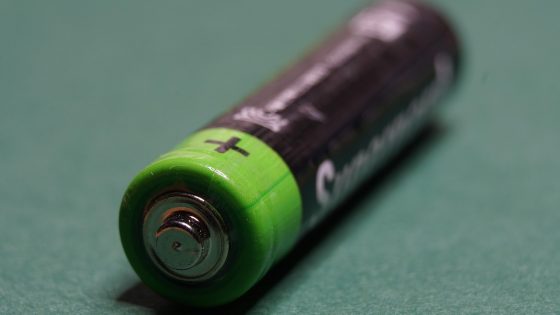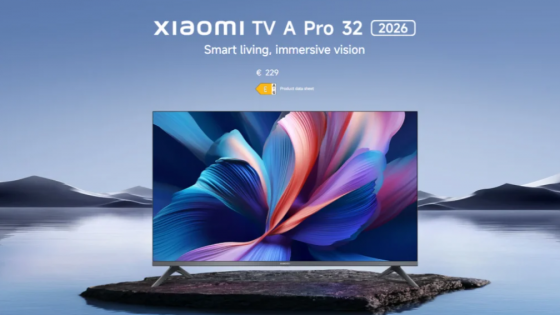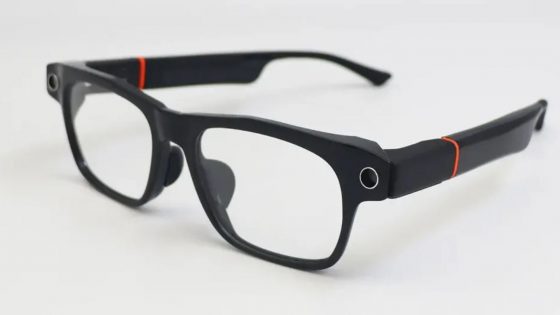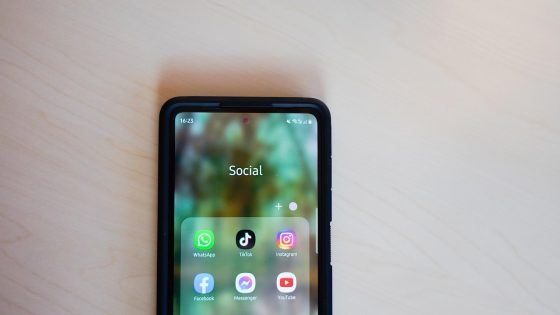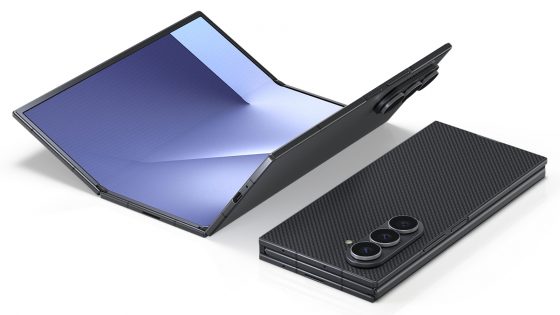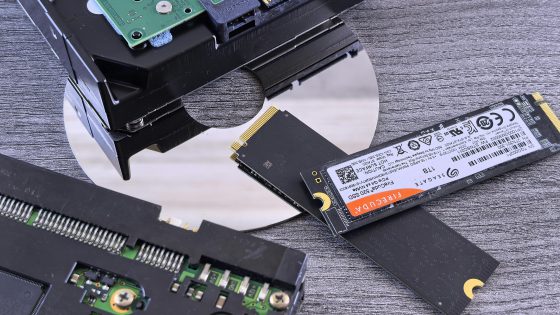A new era of batteries in iron?
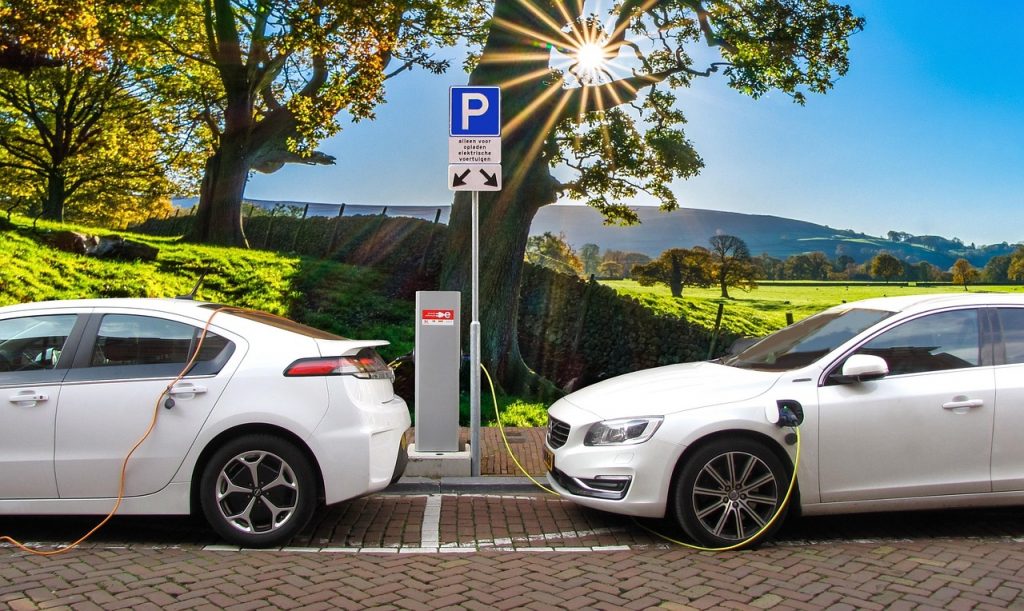
Iron, one of the most common and elusive metals on Earth, has surprised scientists. A Stanford team has discovered a way to put iron into an energy state that has never been observed before. The breakthrough could reshape the future of lithium-ion batteries and other energy technologies.
The research shows that iron can give up and reabsorb as many as five electrons, up from the previously assumed two or three. This means batteries could become more powerful and cheaper than those based on cobalt or nickel. The discovery could also have implications for other technologies such as MRI machines, magnetic trains and superconductors.
Three Stanford PhD students, Hari Ramachandran, Edward Mu and Eder Lomeli, led a 23-member team of researchers from the US, Japan and South Korea. The key innovation was the nanoscale structure of a compound of lithium, iron, antimony and oxygen. By shrinking the particles to 0.3–0.4 micrometers, they allowed the iron atoms to exchange five electrons without breaking the crystal structure.
Lomeli's analysis of the X-ray spectra confirmed that oxygen plays a key role. "It's about the coordinated action of the entire structure," he said. Tests at the SLAC center have shown that the compound bends slightly during charging, but remains stable. It is not yet known when the innovation will come to life in the scratch.








